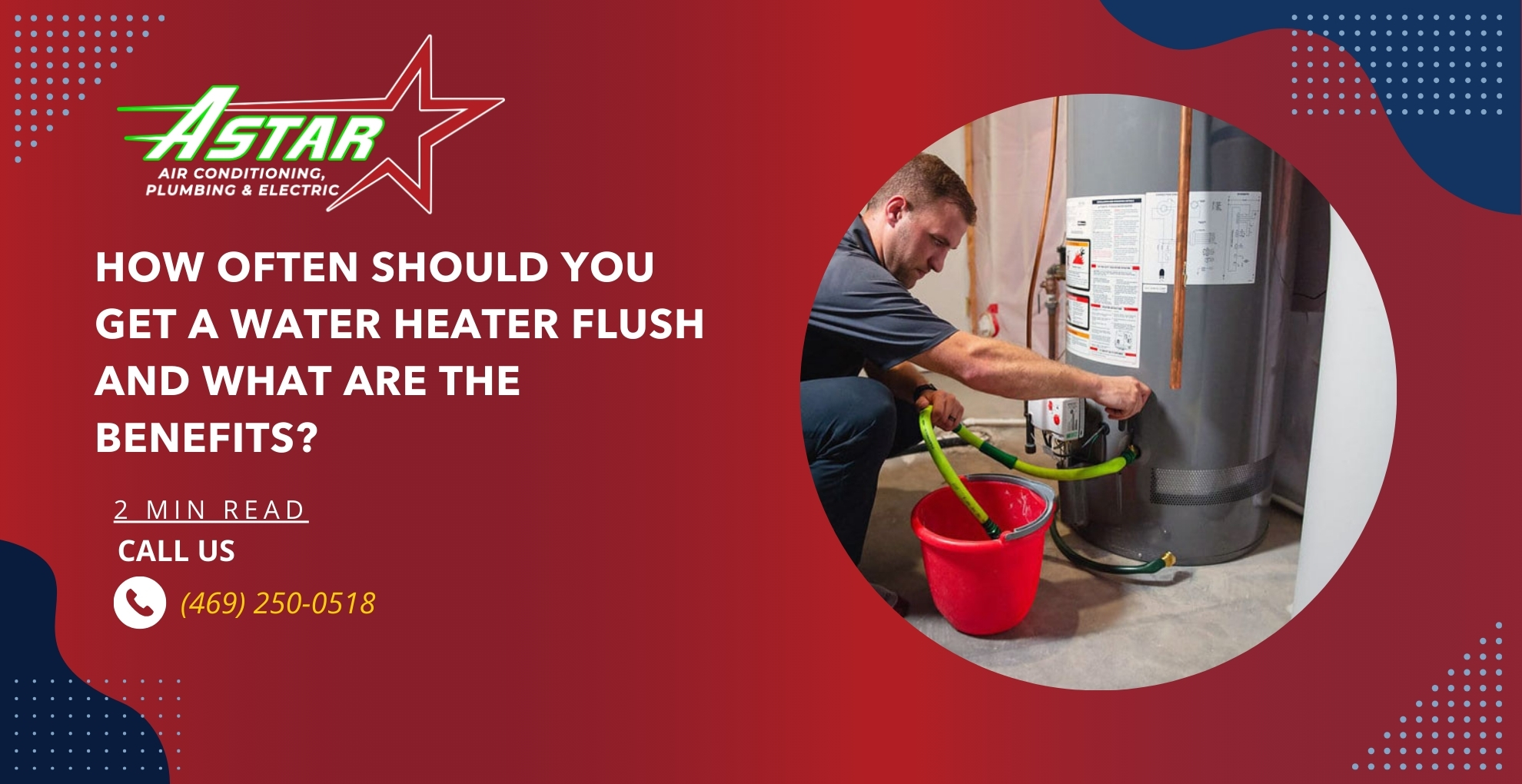Your water heater is essential for daily activities, but to keep it working efficiently, regular maintenance is key. A water heater flush is one of the most important tasks you can perform to prolong its lifespan and ensure proper performance.
How Often Should You Get a Water Heater Flush?
It’s recommended to flush your water heater at least once a year. If you live in a hard water area, flushing every six months can prevent sediment buildup that reduces your water heater’s efficiency and lifespan.
What Are the Benefits of a Water Heater Flush?
- Improved Efficiency: Sediment buildup forces your water heater to work harder. A flush removes this, improving efficiency.
- Extended Lifespan: Regular flushing helps your water heater last longer by preventing corrosion and wear.
- Lower Energy Bills: A clean water heater uses less energy, saving you money.
- Consistent Water Temperature: Flushing maintains steady hot water flow by allowing the heating element to function properly.
- Prevent Damage: Avoid leaks and costly repairs caused by excessive sediment buildup.
Signs It’s Time for a Water Heater Flush
- Rumbling noises from the water heater
- Cloudy or rusty water
- Decreased hot water supply
- Rising energy bills
Professional Maintenance
While some homeowners attempt DIY water heater flushing, it’s often best to hire a professional. They ensure the job is done correctly and can spot potential issues.
Final Thoughts
Flushing your water heater is essential for maintaining efficiency, lowering energy bills, and extending its lifespan. Make it a habit to schedule regular water heater maintenance to avoid costly repairs and enjoy consistent hot water year-round.

